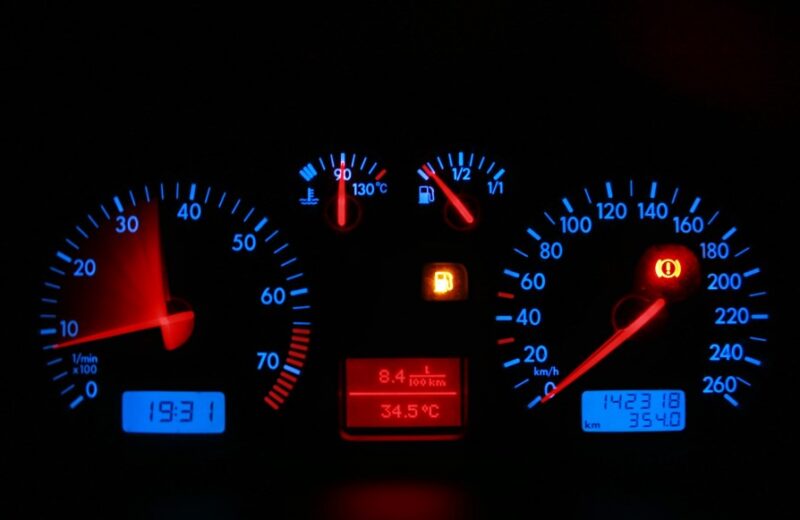When the indicator illuminates on your dashboard, it’s signaling that the inflation levels in one or more of your wheels are not at the optimal level set by the manufacturer. This can be due to a variety of reasons such as a natural loss of inflation over time, temperature changes, or a puncture. The first step when you see this indicator is not to panic.
This alert is a proactive measure to ensure that you can take action before any real tire issues develop. The alert doesn’t necessarily mean there is a severe issue, but it does require attention to prevent wear on your vehicle’s wheels and to maintain fuel efficiency. When the indicator lights up, the first thing to do is to find a safe place to pull over and manually check your inflation levels with a reliable gauge.
Make sure to do this when the tires are cold, as heat can expand the air inside and give a false reading. If any tires are below the recommended level, find the nearest service station to adjust the inflation to the manufacturer’s recommended levels.
Calibration Techniques
After adjusting the inflation, you might find that the indicator on your dashboard remains lit. This is when it becomes necessary to reset the system. This process varies from vehicle to vehicle, and while some modern cars automatically detect the changes, others require manual resetting.
Understanding the Calibration Process
Calibration is the process of resetting your vehicle’s inflation monitoring system to recognize the correct inflation levels as the new baseline. This is usually done after adjustments have been made to ensure that the system is accurately monitoring the inflation.
Techniques for Manual Reset
If your vehicle requires a manual reset, the simplest method is usually a button located under the steering wheel or within the vehicle settings in the infotainment system. Holding down the reset button or selecting the reset option will recalibrate the system. It may take a short drive for the recalibration to complete.
Technological Innovations
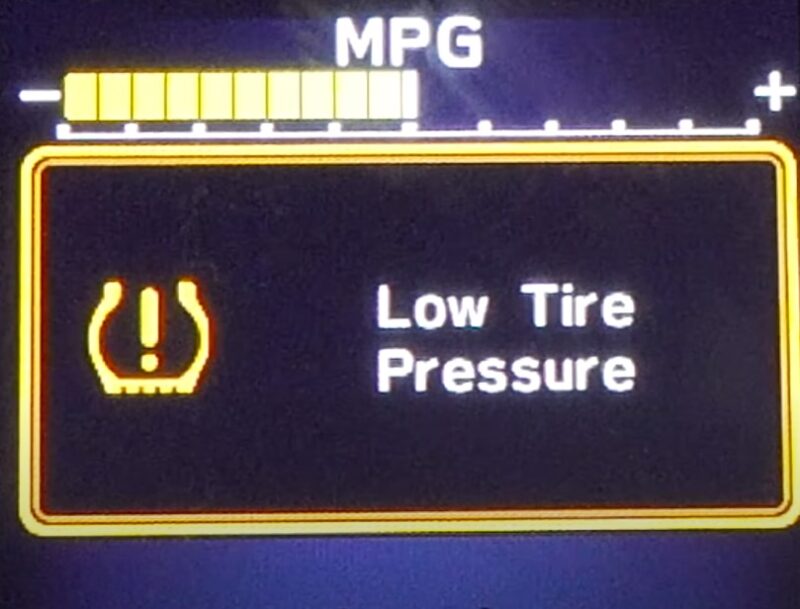
With advancements in vehicle technology, the systems that monitor tire inflation have become more sophisticated. Some can now provide real-time inflation readings for each tire, while others can detect and alert to gradual or sudden loss of inflation.
Evolution of Monitoring Systems
Originally, these systems were designed simply to alert to a loss of inflation. However, modern systems are integrated with vehicle safety systems and can assist with stability and braking systems. The sensors provide data that can help your vehicle’s computer make adjustments to improve safety.
Benefits of Advanced Systems
Advanced systems can extend the life of your tires, improve fuel economy, and enhance the overall safety of your vehicle. They can also save time and money by alerting to potential wheel issues before they require expensive repairs or replacements.
Maintaining Optimal Wheel Conditions
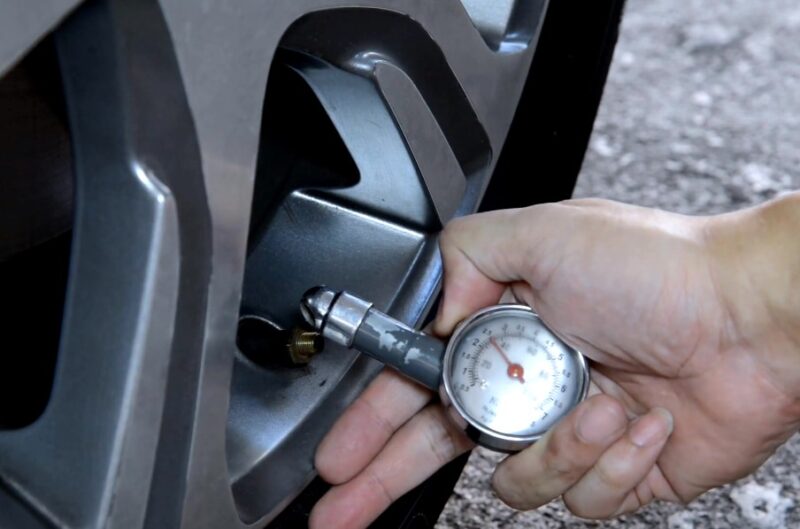
Regular checks and maintenance of your vehicle’s wheels can prevent the inflation alert from lighting up unexpectedly. This section will provide guidelines for maintaining your vehicle’s wheels in optimal condition to ensure safety and efficiency.
Regular Inspection and Maintenance
Conducting regular inspections can catch potential issues early on. This includes checking for any objects that might have punctured a tire, inspecting for wear patterns that indicate alignment issues, and ensuring that the valves and caps are in good condition to prevent leaks.
Seasonal Considerations
With each season, temperature fluctuations can affect inflation levels. It’s important to check and adjust the inflation with the change of seasons, especially if you live in an area with significant temperature variances.
Professional Inspection and Services
While DIY maintenance is important, having a professional inspect your vehicle’s wheel system can catch issues that might be missed otherwise. This includes checking the balance of the wheels, rotation to ensure even wear, and alignment to keep your vehicle driving straight.
When the Indicator Persists
If the alert continues to illuminate after you’ve checked and adjusted the inflation and attempted a reset, it’s time to consider other issues. This could be due to a malfunctioning sensor, damaged wheels, or an issue with the vehicle’s computer system.
Understanding Sensor Issues
Each wheel is equipped with a sensor that can fail or become damaged. When this happens, it will no longer provide accurate data, causing the alert to remain active. A professional will be able to diagnose a faulty sensor using specialized equipment.
Seeking Professional Help
When basic troubleshooting doesn’t clear the alert, seeking professional help is the best course of action. A qualified technician can run a full diagnostic, identify the issue, and provide the necessary repairs or replacements to ensure your vehicle’s wheel system is functioning correctly.
What is the Best Approach?
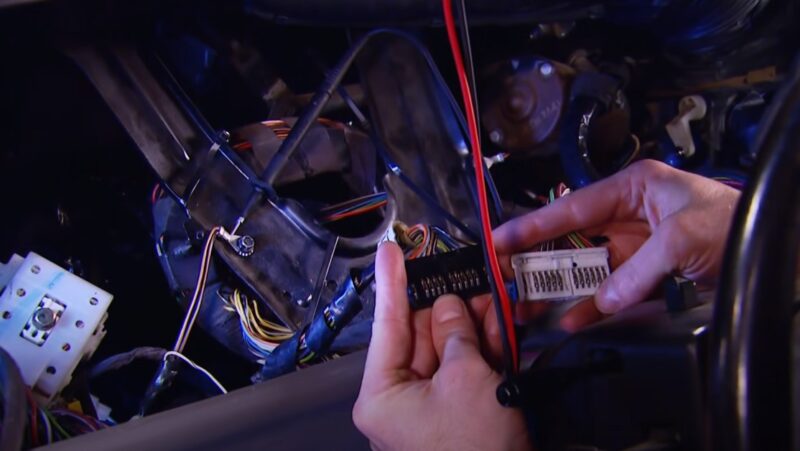
While reactive measures are important when dealing with tire pressure issues, a proactive stance can often prevent the warning light from coming on in the first place. Regular maintenance and inspections can catch many potential problems before they escalate.
Establishing a Routine Inspection Schedule
Creating and sticking to a regular tire inspection schedule is one of the simplest and most effective ways to ensure tire health. This includes checking for proper inflation, inspecting for damage, and looking for signs of uneven wear, which can indicate alignment or suspension issues.
The Importance of Professional Tire Services
While many aspects of tire maintenance can be handled by the vehicle owner, certain procedures are best left to professionals. Tire rotation, balancing, and alignment are all crucial to tire longevity and should be performed by a qualified technician. These services ensure that tires wear evenly and maintain proper contact with the road.
Specific Tire Inflation
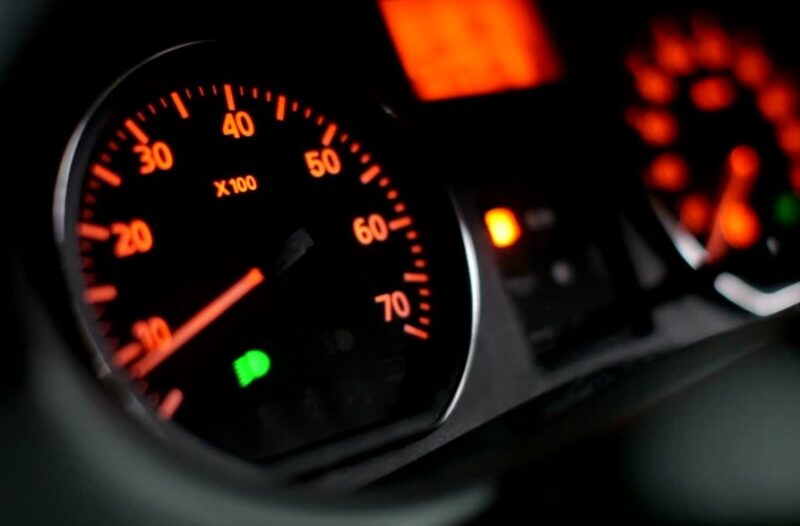
Proper tire inflation is crucial for optimal vehicle handling, fuel efficiency, and tire longevity. Each manufacturer specifies the ideal pressure for a vehicle’s tires, which takes into account the vehicle’s weight, performance characteristics, and the tires’ designed capabilities. Maintaining this balance is key to ensuring that your vehicle performs as intended, particularly in terms of handling, cornering, and stopping distances.
Diagnostic Tools and Techniques
For those who prefer a hands-on approach to vehicle maintenance, a range of diagnostic tools are available. From digital gauges that provide precise readings to handheld scanners that can interact with the vehicle’s computer system, these tools can provide insights into the performance of the tire pressure monitoring system itself. Learning to use these tools can help identify whether a tire is losing pressure due to a puncture, a faulty valve, or a sensor issue.
New vs Old Models
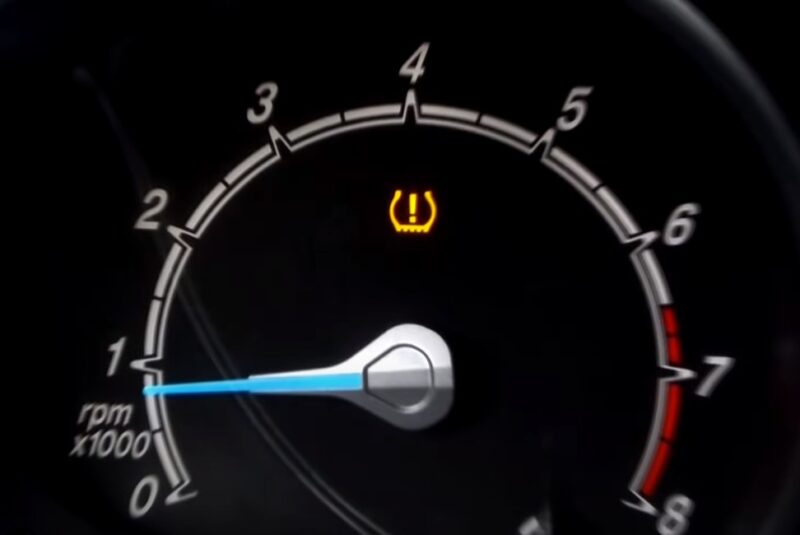
The approach to monitoring and maintaining tire pressure has evolved considerably with advancements in automotive technology. Older vehicles typically lack the sophisticated systems found in newer models, leading to different maintenance and monitoring techniques.
Tire Pressure Monitoring in Older Vehicles
Older vehicles, generally those manufactured before 2000, do not have tire pressure monitoring systems (TPMS) as standard equipment. For these vehicles, tire pressure must be manually checked with a gauge. Owners of these vehicles rely on visual inspections and physical pressure checks to ensure their tires remain at the correct inflation levels.
What About Modern Vehicles?
Newer vehicles are equipped with TPMS, which became mandatory in many countries for all vehicles produced after certain years (2007 in the United States, for example). These systems provide real-time pressure alerts, thus significantly enhancing safety and convenience.
Automated Alerts and Indicators
- Immediate Notifications: Drivers receive instant alerts when tire pressure falls below the manufacturer’s recommended level.
- Sensor-based Monitoring: Each tire has its own sensor, providing specific data for individual tire pressure levels.
Advancements in Technology
- Direct vs. Indirect Systems: Newer vehicles employ direct systems with sensors in each tire, while some use indirect systems that monitor tire rotation and infer pressure levels.
- Integration with Vehicle Safety Systems: Advanced TPMS can be integrated with stability and traction control systems to enhance overall vehicle safety.
FAQs
What does TPMS stand for?
TPMS stands for “Tire Pressure Monitoring System.
Why is it important to maintain proper tire pressure?
Maintaining proper tire pressure is crucial for vehicle safety, fuel efficiency, and tire longevity.
How can I manually check my tire pressure?
You can manually check your tire pressure using a tire pressure gauge.
What should I do if the TPMS light stays on after adjusting tire pressure?
If the TPMS light remains on after adjusting tire pressure, it may indicate a sensor issue or another problem, and you should seek professional help.
What are the benefits of advanced TPMS systems in modern vehicles?
Advanced TPMS systems in modern vehicles can provide real-time tire pressure readings, integrate with safety systems, and enhance overall vehicle safety.
Last Words
Maintaining tire health through strategic, proactive maintenance is essential for vehicle safety, performance, and longevity. By understanding and applying the principles of tire care, drivers can ensure that their vehicle remains reliable and efficient. As technology evolves, tire pressure monitoring will become more advanced, further aiding drivers in maintaining their vehicle’s tires.
